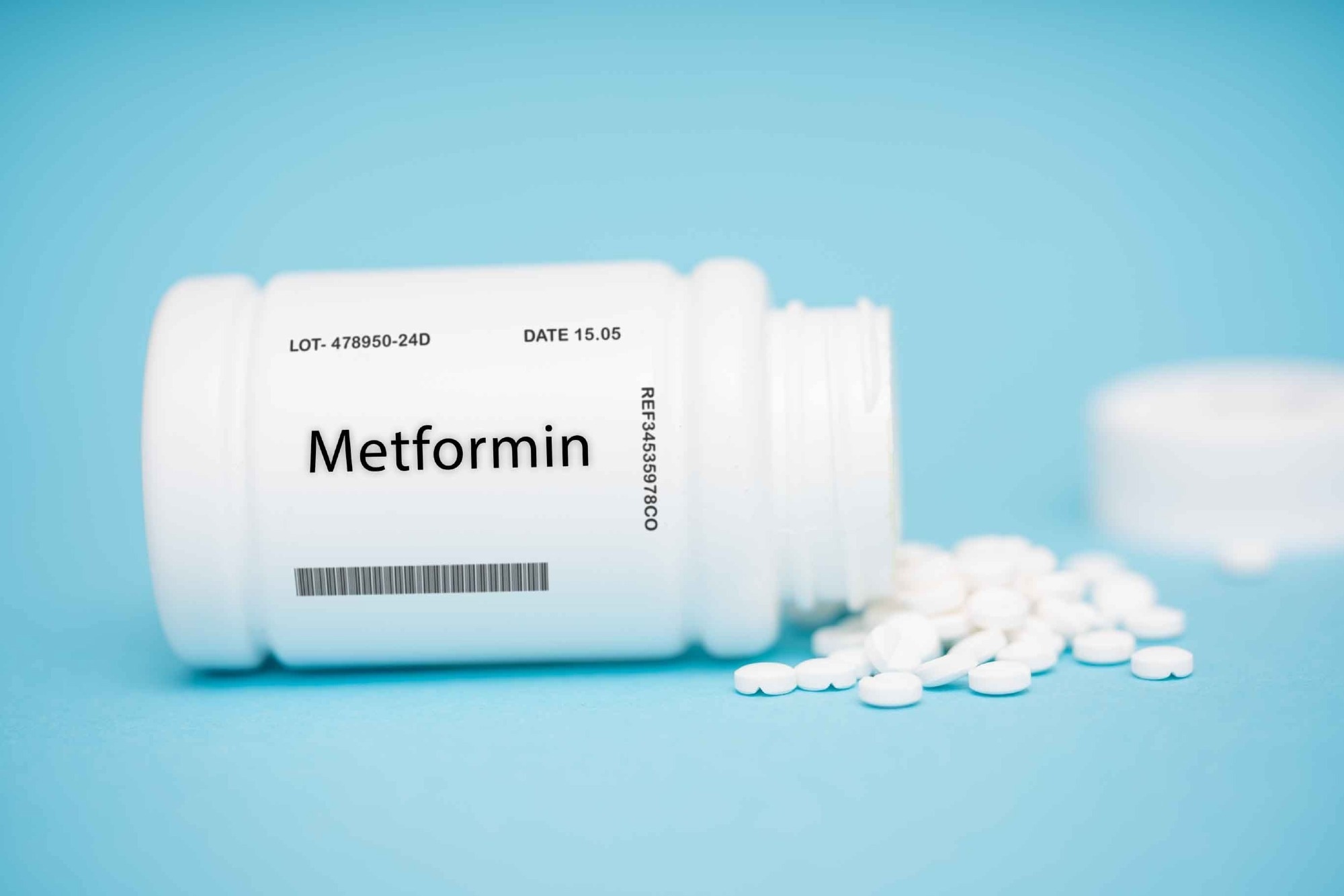When considering safeguarding your skin against the damaging effects of the sun, selecting the appropriate sunscreen is crucial. Within the numerous available choices, there are primarily two types that lead the market: mineral and chemical sunscreens. Each provides efficient sun protection, yet they function differently and may be more suitable for various skin types and daily routines. Recognizing the distinctions between them can assist in making sun safety a more tailored and successful aspect of your skincare regimen.
Sunscreen serves as an essential barrier against ultraviolet (UV) rays, which may lead to early aging, sunburn, and heighten the likelihood of developing skin cancer. The active components found in sunscreens differentiate mineral and chemical formulations. These components dictate how the sunscreen functions with your skin and the method it uses to block or absorb UV radiation.
Mineral-based sunscreens, frequently referred to as physical sunscreens, usually feature zinc oxide or titanium dioxide. These components rest on the skin’s exterior and function like a barrier, bouncing UV rays off to prevent them from entering the skin. This type of sun protection operates immediately upon application and is commonly suggested for individuals with delicate or acne-prone skin due to its lower potential for causing irritation.
Chemical sunscreens utilize active elements such as avobenzone, oxybenzone, octinoxate, and homosalate. These substances capture UV rays and convert them into heat, which is subsequently dissipated through the skin. These types of sunscreens frequently offer a lighter, clear finish, which makes them attractive for everyday application beneath makeup or while engaging in physical exercises because of their water- and sweat-resistant formulations.
Each variety of sunblock has its own set of pros and cons. Mineral-based versions are frequently highlighted for their safety and eco-friendly features. These are typically deemed safe for coral reefs since they lack components that could harm marine life. Nevertheless, they might create a visible white residue on the skin, which could be an issue for people with darker complexions or those who prefer a smooth look.
Chemical sunscreens, on the other hand, generally integrate more seamlessly with the skin and provide a smoother cosmetic appearance. This is why they are often favored by those looking for a sunscreen that is lightweight and not noticeable. However, some chemical filters can trigger allergies or skin irritation in people with sensitivity. Additionally, there are existing concerns about the possible hormonal effects of certain chemical components, though studies in this field continue to evolve.
Selecting either mineral or chemical sunscreen ultimately relies on your skin type, concerns, and personal preferences. For individuals with sensitive skin, allergies, or conditions such as rosacea, mineral sunscreens might provide a milder option. On the other hand, if the convenience of application, a clear finish, or resistance to perspiration are significant factors, chemical sunscreens might be the better choice.
It’s crucial to take into account your everyday routines and surroundings. For instance, mineral sunscreens can be more appropriate for young kids or individuals spending time in ecologically delicate locations like oceans or coral reefs. On the other hand, athletes or those who require extended protection in warm or moist climates might favor chemical sunscreens.
Regardless of the kind you select, using sunscreen properly is as crucial as choosing the appropriate formulation. Specialists advise opting for a broad-spectrum sunscreen with a minimum of SPF 30, generously covering all exposed skin areas with it, and reapplying every two hours or after water activities or perspiring. Failing to apply an adequate amount or neglecting reapplication can greatly diminish a sunscreen’s effectiveness.
Many people also benefit from combining sunscreen use with other sun-protective habits. Wearing hats, sunglasses, and UV-protective clothing, along with seeking shade during peak sun hours, enhances your defense against sun damage. Sunscreen is most effective when it’s part of a broader sun safety strategy rather than the sole line of protection.
It’s worth noting that some hybrid sunscreens combine both mineral and chemical filters. These formulations aim to deliver the best of both worlds: the immediate protection of physical blockers with the smoother finish of chemical ingredients. These products can be especially useful for those who have not found success with either category alone.
As the technology behind skincare advances, individuals are noticing new developments like mineral-based sunscreens with tints, chemical options without fragrances, and sun protection designed for particular skin issues or aesthetic tastes. This growth suggests that there is probably a product available that caters to each person’s requirements and anticipations.
Ultimately, the most effective sunscreen is the one you will use consistently. Personal preference, comfort, and lifestyle play significant roles in adherence. Whether you lean toward a mineral-based option for its calming effect on the skin, or favor a chemical version for its lightweight feel and invisible application, the key is to make sunscreen a daily habit.
Both mineral and chemical sunscreens provide excellent protection when applied properly. Consider your skin type, daily routines, and dedication to sun protection when choosing. Given the vast array of products available now, there’s no universal answer—but by making informed decisions, maintaining healthy and shielded skin is certainly achievable.





